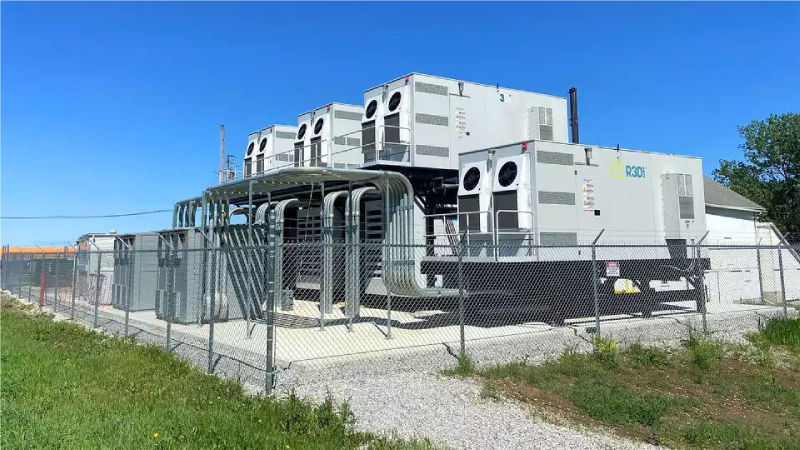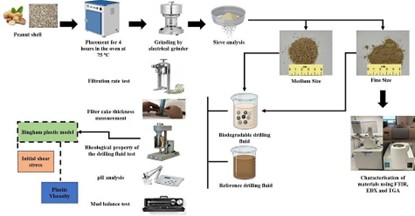Green Drilling: Sustainable Paradigms for a Greener Tomorrow

Natural resource conservation is gaining priority, and the drilling industry is implementing different innovative practices and technologies to lessen its impact on the environment.
1. Trenchless drilling
One method is trenchless drilling, with Horizontal Directional Drilling (HDD) being a more innovative option. Unlike other methods that require massive land excavation, HDD minimizes surface disturbance by only excavating small entry and exit points. HDD lowers noise, traffic, dust, and emissions with much less heavy equipment, represents lower remediated costs, and provides energy and greenhouse gas savings than a conventional vertical well (Daley Directional Drilling, 2024; Tri-County Underground, 2024)
2. Utilizing Environmentally Friendly Drilling Fluids
Traditional drilling fluids pose long-term environmental hazards primarily due to the hazards from their toxicity and persistence. However, there are several environmentally friendly replacement fluids for conventional drilling fluids that are biodegradable and non-toxic, lubricate and transport cuttings, and are less harmful to the environment (Ekunke et al., 2024)
[5] Recent developments in biodegradable drilling fluids include additives made from cereal- based natural sources or raw materials produced, such as wheat nano biopolymers, potato particles, pomegranate peel powders, and zinc nanorods derived from a green process (Faraji et al., 2025).
Figure 1: Faraji et al. (2025) present a schematic showing the preparation and use of CSP in drilling fluids
Reducing reliance on fossil fuels is an effective way to reduce emissions. In 2009, Nabors Industries partnered with e² Companies to generate power for drilling rigs with renewable resources, solar, and geothermal energy. At this point, the company had started to power approximately 20 rigs in the U.S. with high-voltage power. There seems to be an organizational
commitment to reducing emissions after recent changes at Nabors towards sustainability (McEwen, 2025).
Figure 2: Power solutions for drilling sites in the Permian Basin (Nabors Industries & e2Companies, 2025).
Responsible drilling means conducting comprehensive environmental safeguards. This involves having established baseline assessments, impact assessments, water and air quality sampling, and habitat restoration. HDD has less surface disturbance and will naturally support ecosystem protection, as will closed-loop systems that minimize the risk of contamination, as well as improved management of fluids for remediation. (JSM Civils, 2025).
Sustainable drilling is about transparency and shared accountability. Engaging communities, Indigenous peoples, and environmental organizations helps to ensure those projects honour local values and reduce friction between companies and stakeholders. This approach builds trust, creates better projects, which improve social, environmental, and commercial outcomes, and leads to more culturally and ecologically grounded operations.
Written by,
Ms. Bidisha Borah
Assistant Professor, Department of Petroleum Engineering
Presidency School of Engineering













 Rajanukunte, Yelahanka, Bengaluru, Karnataka, Pin: 560119, India
Rajanukunte, Yelahanka, Bengaluru, Karnataka, Pin: 560119, India
 +91 9022092222
+91 9022092222